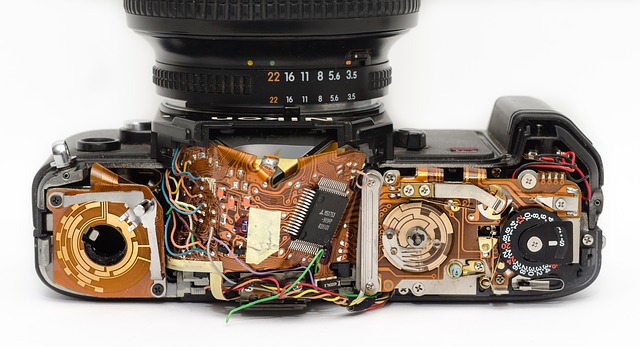There are several possible situations. Usually, you will know an appliance is defective when you plug it into an electrical outlet, but sometimes you will find visible damage right out of the box. There are many types of defects and mechanical damage; sometimes it is the manufacturer\’s problem, sometimes it is a problem during transportation.

So how do we proceed? What are the seller\’s obligations and what evidence must be submitted?
First, regardless of the purchase price or payment method, the appliance purchased has a minimum warranty period of two years, which can be extended to five years for an additional fee. The first day is the date of purchase. If the defective product is replaced with a new one or repaired in the form of replacement parts, the first day shall be the date of purchase. The purchaser is obliged to present legible and undamaged documentation evidencing the purchase of the appliance.
The purchaser is not entitled to free repair or replacement if the defect is found to have been caused by mishandling or other improper handling or use. Always contact the dealer or manufacturer directly as soon as you discover a problem.
If you purchased an item at a suspiciously low price, be aware that it may have been returned or unpacked once. Otherwise, you may lose your claim and have to pay for the repair out of your own pocket.
During the first six months, you may choose to either repair the appliance or purchase a new one. In this case, it is up to the agreement of both parties.
There is a statutory deadline for the seller to resolve the problem, which cannot exceed 30 calendar days.
Complaints about electrical products are not rocket science and there is no need to worry.